Big Science in a Big State: Fervo Energy Leader’s Return Home to Houston
January 30, 2023
By Jenna Jablonski
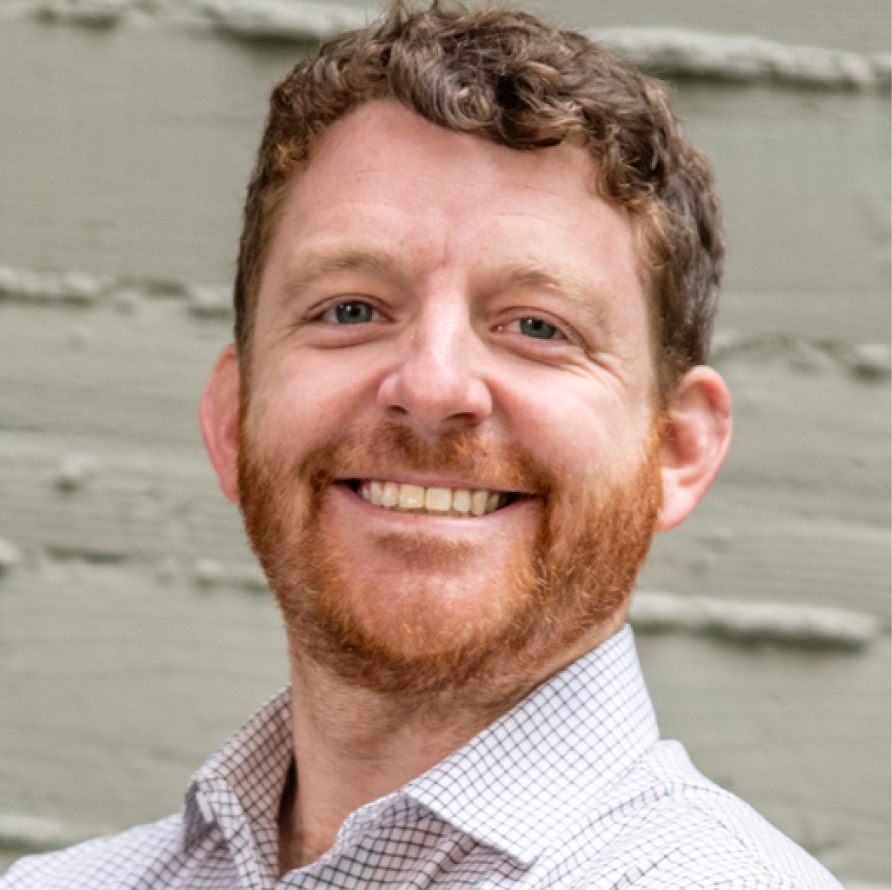
Tim Latimer (Cohort 2018), Fervo Energy co-founder and CEO
Tim Latimer (Cohort 2018) says that growing up, his parents joked with him: “I could be anything I wanted in the world, and they would support me in anything. As long as it was in Texas.’”
Latimer was born in Houston to a long line of Texans—eight generations, he estimates, including a relative who signed the Texas Declaration of Independence. Accordingly, his father instilled Texas pride in him from the very beginning.
Latimer is now on his third stint living in Houston, where he is revolutionizing carbon-free energy as CEO and co-founder of Fervo Energy, a next-generation geothermal company headquartered downtown. (His second stint was ten years ago as a drilling engineer in the oil and gas industry, his first job after college.) For Latimer, his recent move back home to Houston was his last. “I don’t ever plan to leave,” he says.
The first time Latimer left Houston was when he was six years old. He moved to his dad’s hometown in central Texas. Riesel, Texas was home to about 900 residents at the time and happened to be the site of the last coal plant ever to be built in the United States.
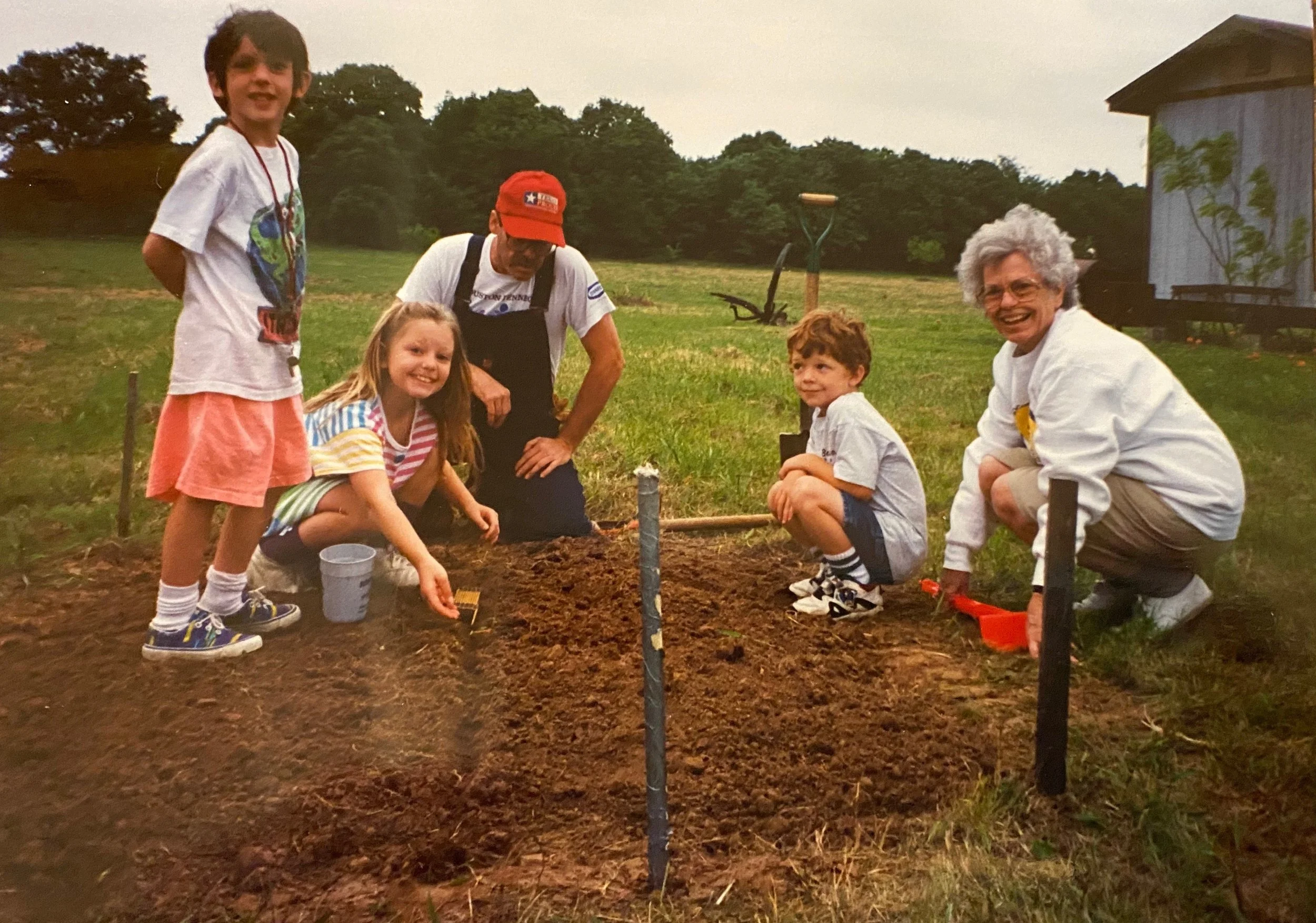
Latimer with his family on their farm in Riesel, TX circa 1997 (photo courtesy of Tim Latimer).
Construction of the Sandy Creek Power Station, a gigaton coal plant, began while Latimer was in middle school. By the time he was in high school, the plant was online and had funded a new high school. He remembers how it boosted the town, creating many jobs and an explosion of new tax revenue. But he also remembers the bitter battle around its construction and then its inevitable environmental impacts, especially on water quality and noise pollution. Growing up in the shadow of its construction gave Latimer early insight into the tension around energy investments, which he called a “perfect microcosm for what we see in the world today.” Most of all, he said, “It brought to the forefront for me how important energy and the environment were in everybody's livelihoods.”
By his senior year in high school, Latimer knew he wanted to go into the energy industry and become an engineer. He says, “I loved math, and I loved big projects, and I loved construction. But I also knew I wanted to work in energy because it was this area that had such a strong intersection of impacting people's lives.” He also knew it would be a sure path back home to Texas.
“Learning that there was a carbon-free energy resource that required drilling skills was really exciting for me personally. ”
Latimer left Texas to get his bachelor’s degree in mechanical engineering at the University of Tulsa in Oklahoma, another place where the energy industry loomed large. It was 2008, and forecasts for the U.S. oil and gas industry were not optimistic. But murmurs around campus suggested otherwise. Latimer had never heard of horizontal drilling or hydraulic fracturing before, but new applications of these technologies promised cheaper, expanded production of oil and gas. This was the beginning of what would become known as the “Shale Revolution,” and Latimer was in the middle of it.
“It was an infectious feeling on campus, talking to all my friends and classmates who were there, that we were right on the cusp of what was clearly going to be a technology revolution,” he said. “We knew the way the world was going before even the experts did.”
Latimer returned to Houston after graduation to work as a drilling engineer for BHP, a leading oil and gas company. By this point, he had caught the “energy bug.” “Once you start working in energy, and you see how important it is to people's lives, everything else feels less fulfilling,” he explains. “I knew I wanted to work in energy forever.”
“Once you start working in energy, and you see how important it is to people’s lives, everything else feels less fulfilling,” he explains. “I knew I wanted to work in energy forever. ”
But living in Texas, he could not ignore the changing weather patterns and extreme weather events that rocked the state, including a series of floods over the last decades in Houston. Realizing that they happened in areas that were not on the 100- or even 500-year flood maps was a wake-up call for him.
Latimer had a twofold realization: “The first was that climate change was a serious issue that needed to be solved as rapidly as we could. And the second one was that if my hometown of Houston, and Texas as a whole, wanted to stay relevant and competitive and economically viable into the future, we needed to make sure that Texas was a leader in new forms of energy, too, and not just oil and gas.”
Latimer began to wonder what else he could do in the energy sector that would be carbon-free. He considered wind and solar but decided against them. “I didn’t think I had any unique skills to add there,” he says.
“I just saw this opportunity that if you could figure out how to adapt the innovations that made drilling efficient and cheap in oil and gas over the last decade, and apply it to geothermal, you could open up the resource to be far more viable and applicable. ”
It was still Latimer’s first year on the job when he was sent to work on a drilling project in South Texas, in Eagle Ford, an oil basin whose unusually high temperature was causing cost, equipment, and reliability issues. Latimer was tasked with researching solutions. To Latimer’s surprise, all the papers on high-temperature drilling came from a field called geothermal energy, which he had never heard of.
“Learning that there was a carbon-free energy resource that required drilling skills was really exciting for me personally,” he says. He also started to get the same feeling he had in college—an inkling of a big opportunity that others weren’t aware of yet.
A lightbulb came on in Latimer’s head. “I just saw this opportunity that if you could figure out how to adapt the innovations that made drilling efficient and cheap in oil and gas over the last decade, and apply it to geothermal, you could open up the resource to be far more viable and applicable.”
Energized by his revolutionary new idea, Latimer tried to join companies doing geothermal work. He shared with them his vision of bringing radically different drilling technology to geothermal, but they weren’t ready for such a big change. They also didn’t believe there was anything to learn from the oil and gas industry.
Latimer grew dissatisfied. He realized that if he wanted to advance his technology vision, he would have to carve his own path, and that meant starting his own company. But it wouldn’t be easy.
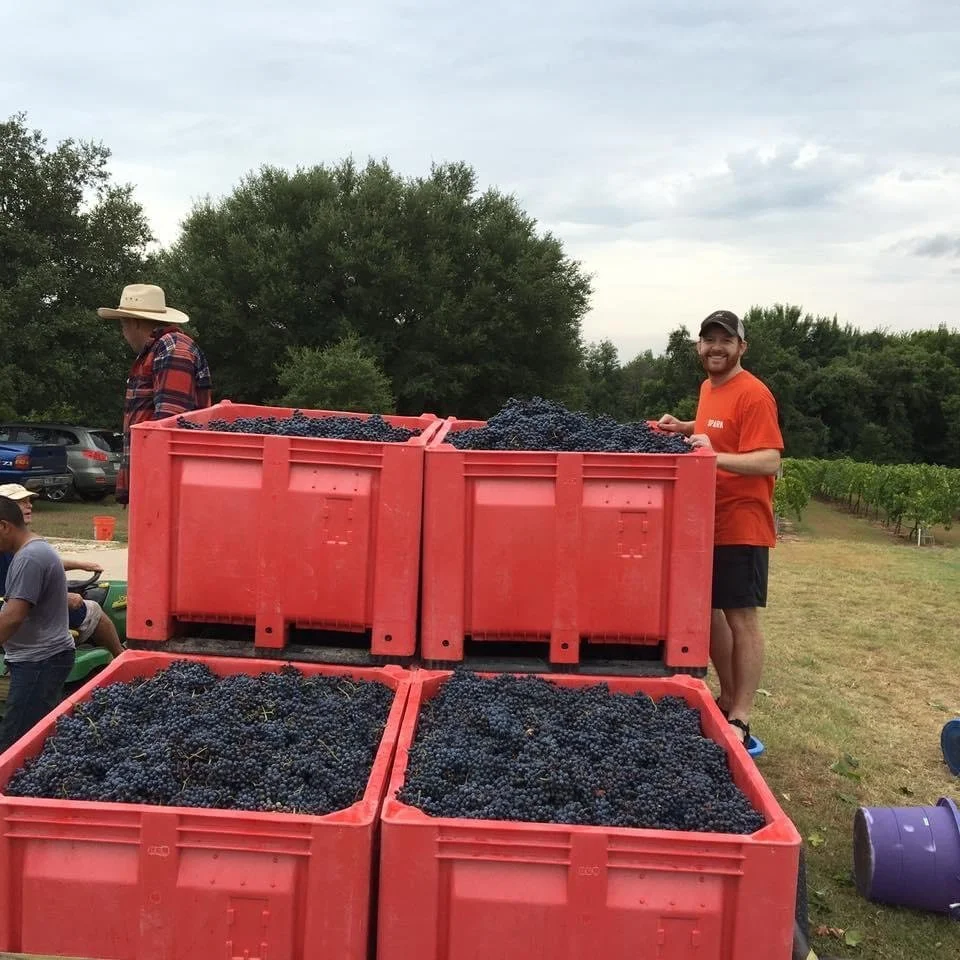
Latimer family grape harvest in Riesel, TX circa 2012 (photo courtesy of Tim Latimer).
“I was an early-career engineer with no startup experience, no fundraising experience,” he says. “And the thing that makes geothermal innovation so difficult… is that you can't just bootstrap it, right? You can't just say, oh, you know, a new way of drilling wells, let me try that out in my garage.”
Latimer decided his next step would be to gain some business skills. He soon learned that Stanford University not only had the number-one M.B.A. program in the world but also had the number-one geothermal research program in the world. “I was like, well, this is convenient,” Latimer recalls.
As always, he moved with intentionality. “I specifically chose Stanford and pursued the dual degree so that I could equip myself with the skills necessary to start a geothermal company. In fact, the essay that I wrote as part of my application stated quite bluntly that I was going to revolutionize geothermal by creating a company based on oil and gas drilling technology.”
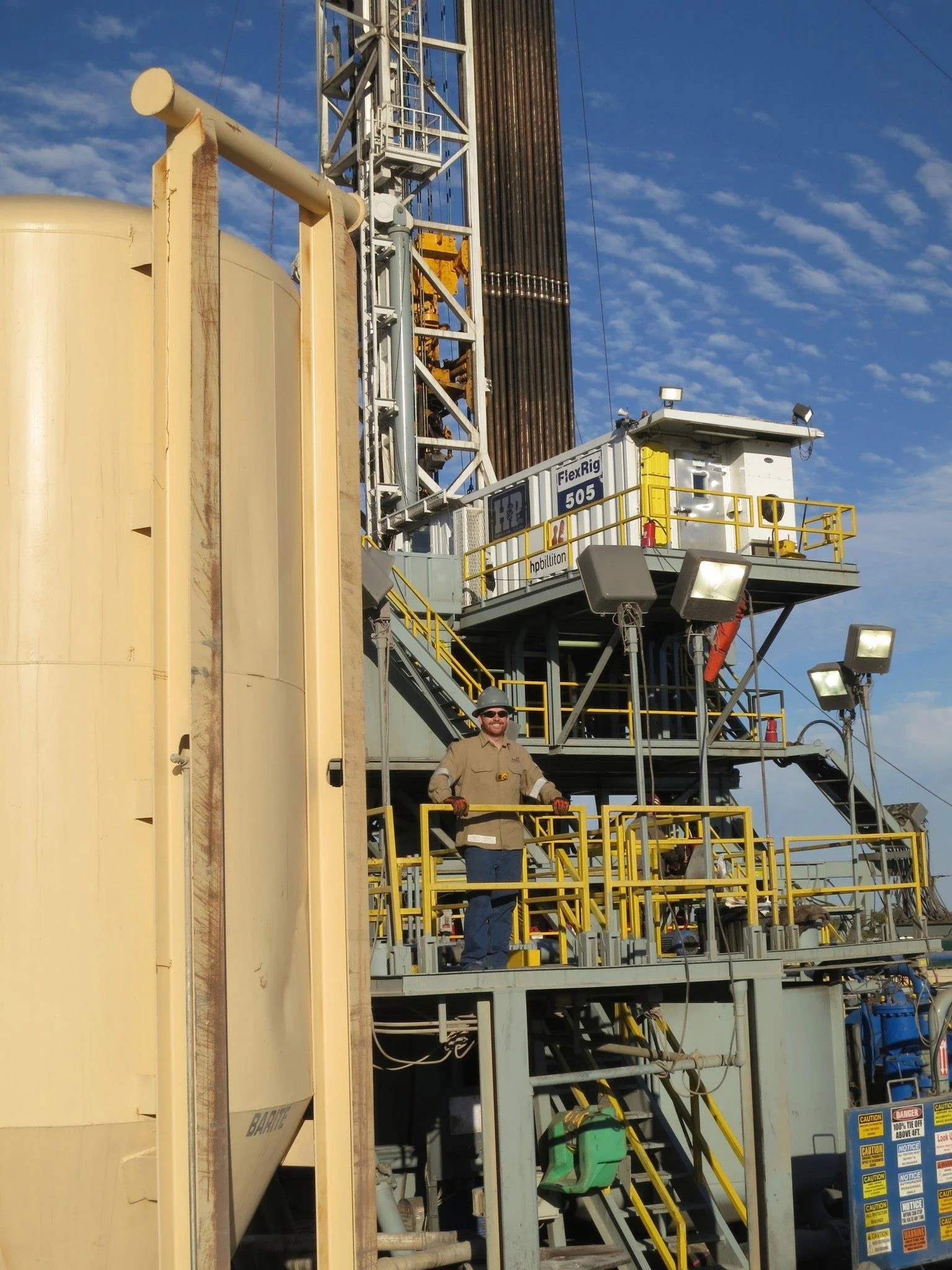
Latimer working in drilling in South Texas in 2013 (photo courtesy of Tim Latimer).
“...the essay that I wrote as part of my application stated quite bluntly that I was going to revolutionize geothermal by creating a company based on oil and gas drilling technology. ”
Latimer was accepted. He left Houston once again, this time to move to California. At Stanford, Latimer’s vision remained crystal clear, but he still had a hard time getting others to see it—and especially, to fund it. It was 2015, and there wasn't a lot of support for climate tech on the heels of the clean-tech 1.0 boom-and-bust cycle. Latimer would pitch his company and get the same response: “That sounds capital-intensive. Have you thought about making an app?”
But fate provided some helping hands and a few crucial things fell into place: After a long search for the right partner to balance his skillset, Latimer was introduced to Jack Norbeck, a Ph.D. student in Stanford’s geothermal research program. Norbeck would become his co-founder and later, the CTO of Fervo Energy. Latimer also took a class called “Stanford Climate Ventures” taught at the time by Joel Moxley, David Danielson, and Jane Woodward, three leaders who were charting the course for the next clean-tech wave. They became Latimer’s champions (and later, investors in and supporters of Fervo). “They pushed me strongly,” he says, telling him, “You have a wildly ambitious idea that requires a lot of capital and science and engineering work. There are not many places that can support you, but you need to look at Activate.”

Latimer visiting the Menengai geothermal complex in Kenya for his master's capstone project in 2017 (photo courtesy of Tim Latimer).
Sure enough, Latimer and Norbeck were accepted as Cohort 2018 Activate Fellows at the Lawrence Berkeley National Lab’s Cyclotron Road division. After graduating from Stanford, they immediately moved to Berkeley, began the fellowship, and Fervo Energy was officially off the ground. They spent the next two years taking Fervo from an idea in a Powerpoint presentation to a field-proven technology with a deep commercial pipeline. Others began noticing Fervo’s potential, and Latimer was named to the 2019 Forbes 30 Under 30 and 2020 Grist 50 lists.
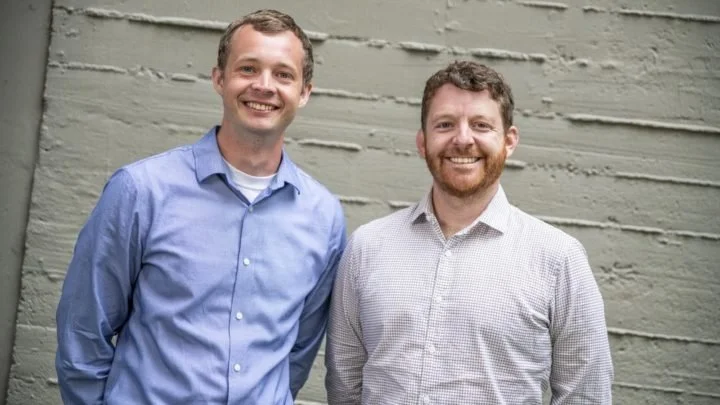
Latimer and Jack Norbeck on their first day as Activate Fellows in 2018. “You have a wildly ambitious idea that requires a lot of capital and science and engineering work. There are not many places that can support you, but you need to look at Activate,” Latimer’s champions told him.
Having successfully set out on the right path, it was time for Latimer to leave California and return to Texas. For Latimer, Houston—the heart of the energy industry—was the obvious choice for Fervo’s headquarters. “We wanted to be able to tap into the talent pool of folks who, like me, had started their careers in oil and gas but were looking for something innovative and new and carbon-free to do,” he said. Fervo would also be well-positioned for collaboration, close to partners and suppliers from the oil and gas industry.
The things that Latimer loved about Houston had remained the same: its diversity, multiculturalism, collaborative spirit, and vibrant mix of talent from the aerospace, life sciences, and energy industries. But the attitude of the energy industry had changed drastically since Latimer had gotten into it a decade ago. Back then, he said, people saw the energy transition as a “distraction that will go away if we ignore it long enough, and we’ll keep working on ‘real energy.’” Now, there was serious concern about climate change from both companies and workers and an openness to new energy resources.
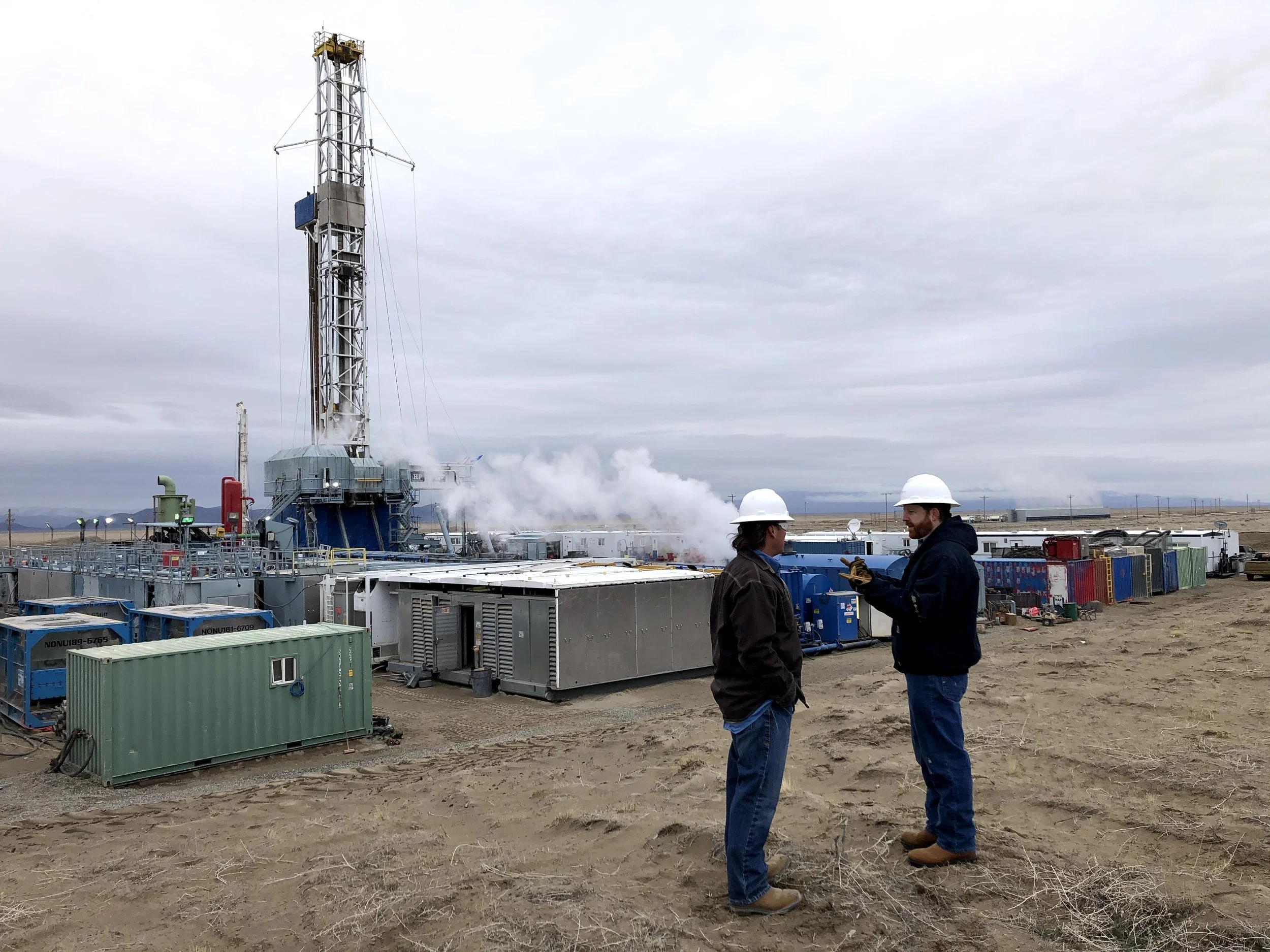
In conversation at Fervo Energy's pilot site in northern Nevada in 2022 (photo courtesy of Tim Latimer).
Once again, Latimer was at the right place at the right time—this time, as Houston began its transition from the oil and gas capital of the world to an emerging hub for clean-tech innovation.
Latimer says the ecosystem is starting to take off, thanks to a promising mix of efforts. The city launched the Houston Climate Action Plan in 2020, which has sprouted into myriad initiatives to bolster resilience—including “Energy 2.0,” a plan to attract clean energy startups that are redefining the future. Houston is now the largest purchaser of renewable energy of any municipality in the country, and its mayor, Sylvester Turner, chairs the bipartisan Climate Mayors network.
This new focus is changing the physical landscape of Houston. The Ion, a collaboration between Rice University and the city of Houston, offers a large community space for innovation in the heart of Houston (Texas Medical Center, the world’s largest life sciences complex and the place where Latimer was born, can be seen from the Ion’s windows). Across the street is Greentown Labs, the city’s first climate-tech startup incubator, of which Latimer and Fervo are active members. Fervo is headquartered downtown, a short light-rail ride away.
"The midtown area that the Ion and Greentown Labs sit in as part of the Houston Innovation Corridor is in the center of the rapidly changing infrastructure of Houston, on the light rail line and in a key part of Houston's fast-growing bike network,” says Latimer. “Little of that existed when I first moved to Houston—the Ion was still an abandoned Sears—and it's a big part of how the city is transforming its design in a more sustainable way."
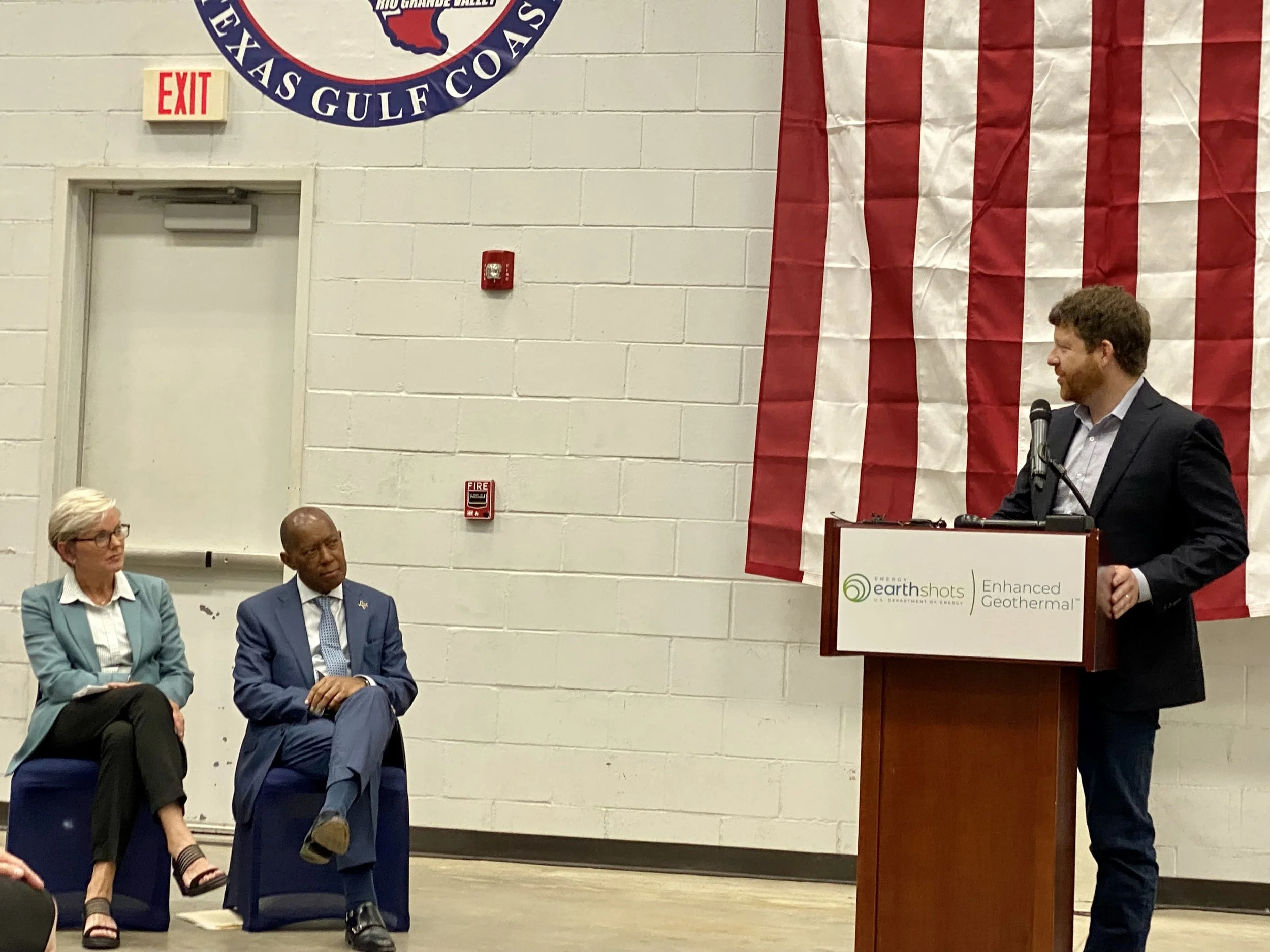
Latimer in Houston kicking off the geothermal "Earthshot" initiative with Energy Secretary Jennifer Granholm and Mayor Sylvester Turner (photo courtesy of Tim Latimer).
Latimer himself is a force for change in his hometown, and therefore the global energy landscape, as Fervo Energy moves boldly toward its goal of rapidly scaling 24/7 carbon-free energy around the world. Ever steady in his path, Latimer has led Fervo to many impressive milestones, including signing the world’s first corporate agreement, with Google, to develop a next-generation geothermal power project. And the world is finally seeing Latimer’s vision—Fervo has raised a staggering total of $195 million and is backed by leading investors and industry partners such as DCVC, Capricorn, Breakthrough Energy Ventures, 3X5 Partners, Congruent Ventures, Elemental Excelerator, Helmerich and Payne, and Liberty Energy.
Throughout Fervo’s growth, Latimer has remained focused on the people aspect of the energy transition. “One of the things that I've been most excited about since starting is seeing how many people we can hire and get these brilliant people working on a new kind of problem,” he says. “It makes me feel very glad to know that that's been an inspiration for a lot of people to make a career transition.” Fervo now has 40 employees, many of whom previously worked in the oil and gas industry.
“One of the things that I’ve been most excited about since starting is seeing how many people we can hire and get these brilliant people working on a new kind of problem. ”
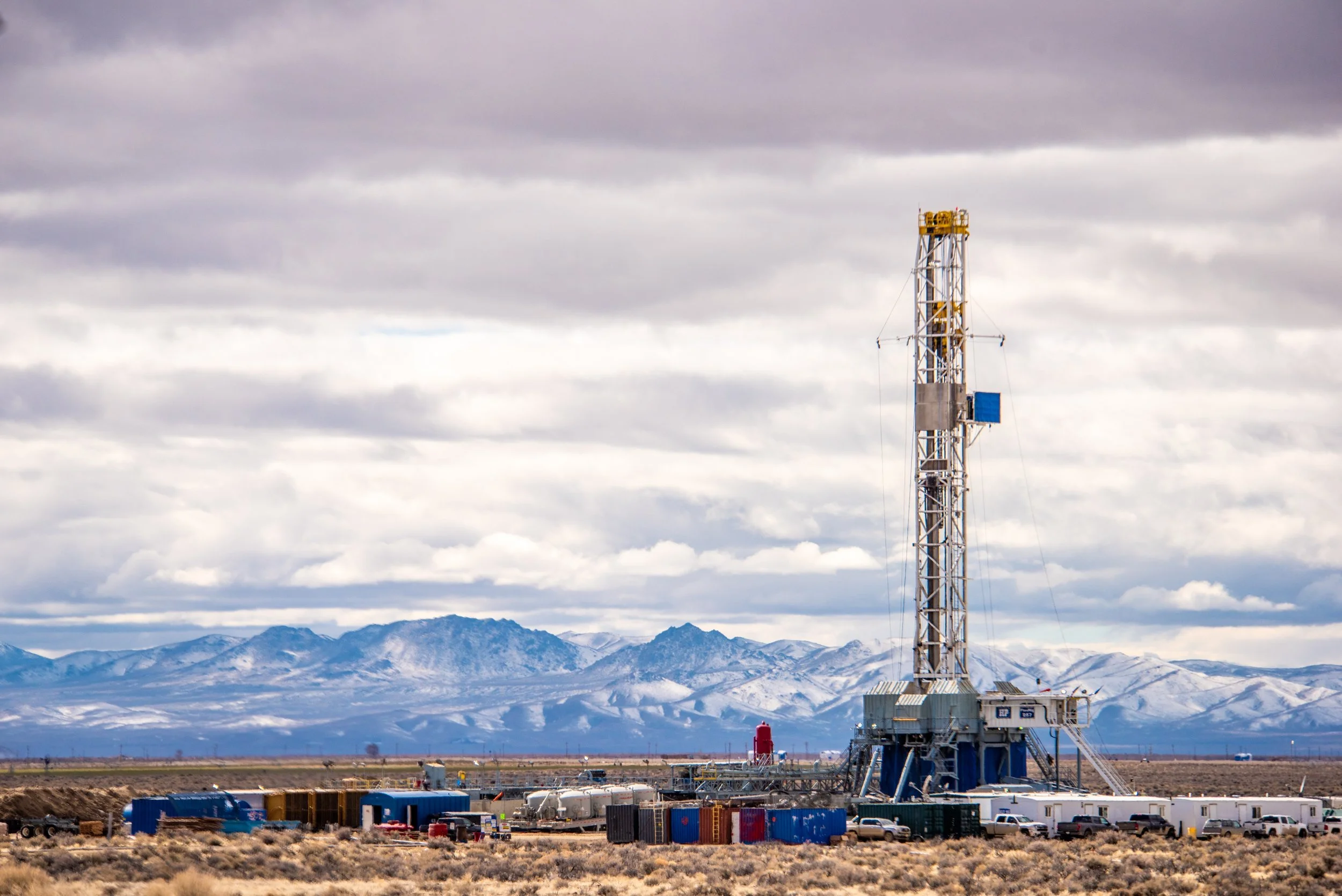
Fervo operations site in northern Nevada in 2022 (Photo by Josh Posamentier)
Meanwhile, Latimer’s parents are thrilled that he’s back in Houston, just a three-hour drive away from them. When he left for school in California, they weren’t sure if he was going to make it back. Latimer’s mother recently told him, "We're glad your entrepreneurial spirit won out and are so pleased you are back home."
Latimer has never felt more confident in the future of his hometown. “Houston spent the 20th century being the energy capital of the world, and I think Houston is going to spend the 21st century being the energy capital of the world,” he says. “It’s just that the way that we make that energy is going to completely change.”
Neither his intuition, nor his Texas pride, has failed him so far.
